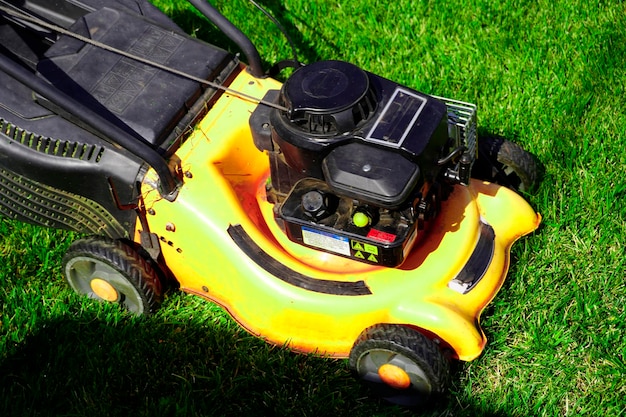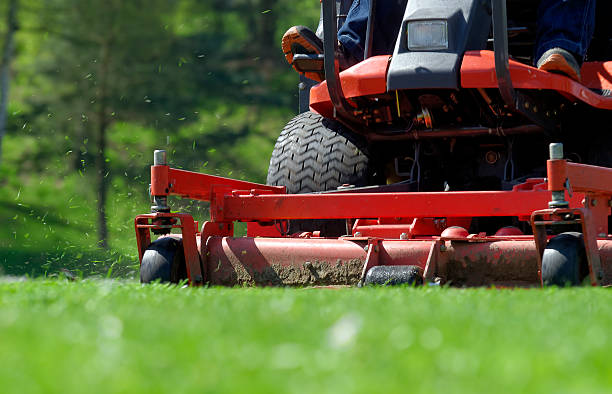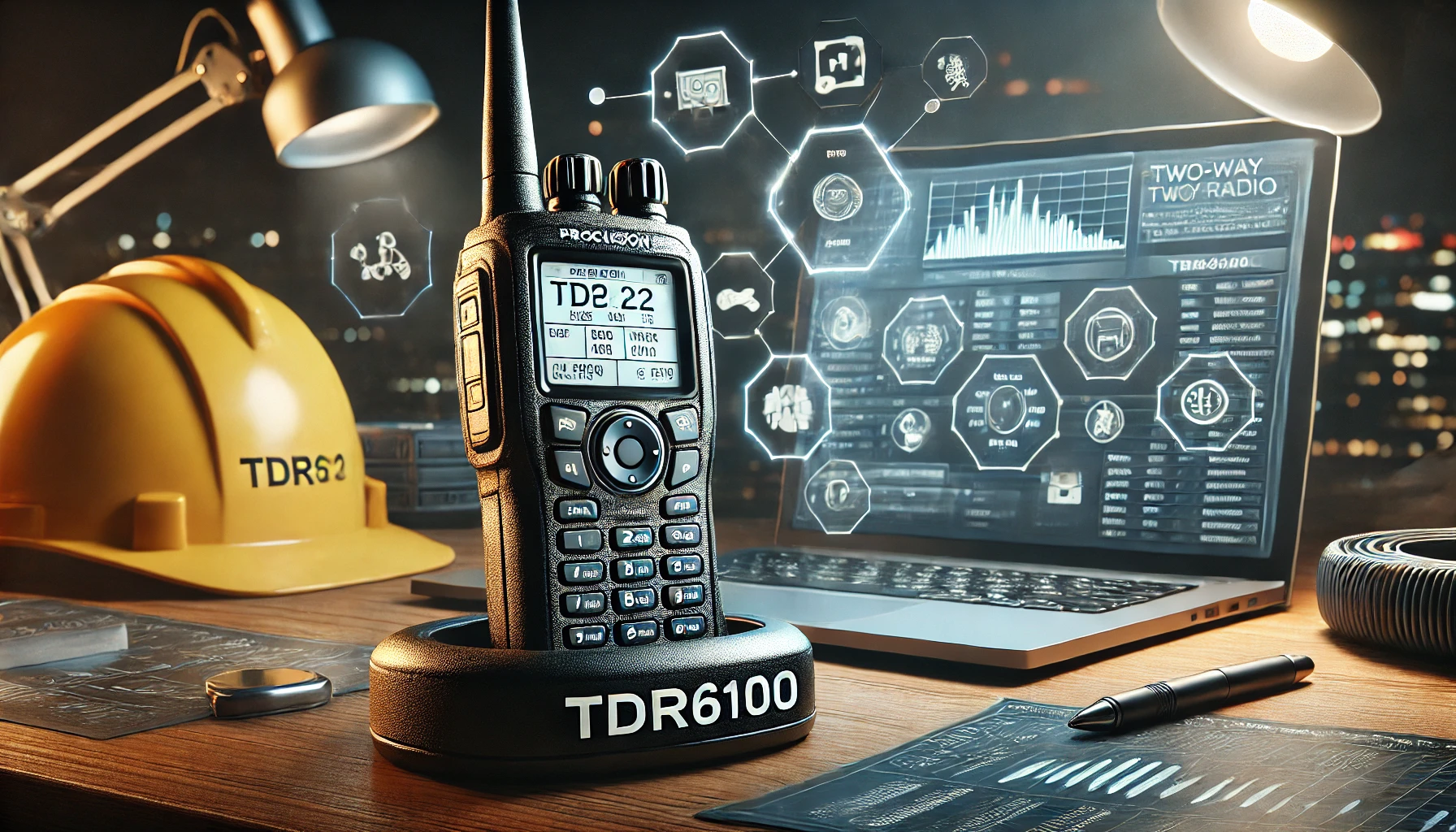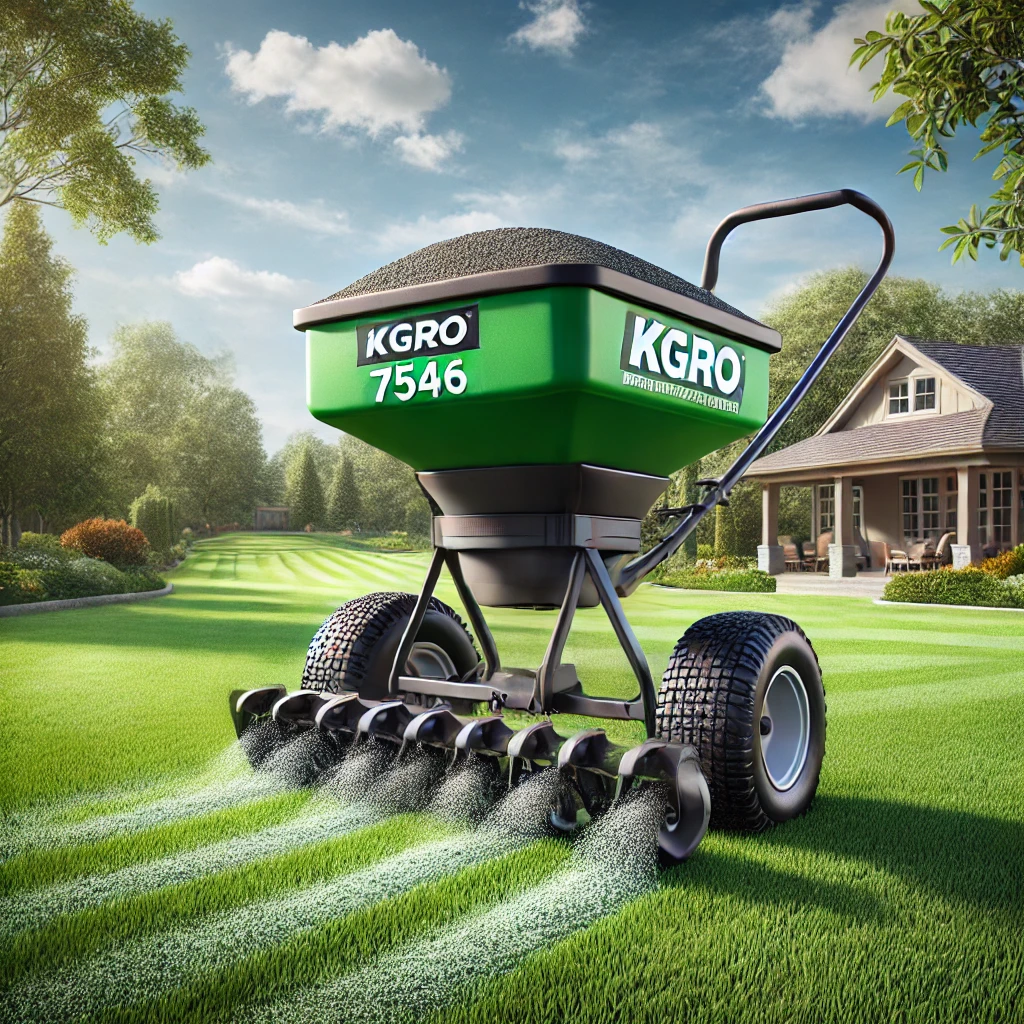Introduction
Lawnmowers are an essential tool for maintaining a tidy and manicured lawn. However, encountering issues where your lawnmower won’t turn over can be frustrating. In this comprehensive guide, we’ll delve into the common reasons behind this problem and provide detailed troubleshooting steps to help you get your lawnmower back up and running smoothly.
Common Reasons Why a Lawnmower Won’t Turn Over
1. Battery Issues
One of the most common reasons for a lawnmower not turning over is battery-related problems. Over time, the battery can become discharged or fail due to age. Loose or corroded battery connections can also prevent the mower from starting.
To troubleshoot battery issues, check the battery terminals for corrosion and ensure they are securely connected. If the battery is old or discharged, it may need to be replaced. Using a multimeter, test the battery voltage to determine if it has an adequate charge.
2. Fuel Problems
Stale or contaminated fuel is another frequent culprit behind a lawnmower’s failure to start. Old fuel can lead to clogged fuel lines or a dirty carburetor, preventing proper fuel delivery to the engine.
Begin troubleshooting fuel-related issues by draining any old fuel from the tank and replacing it with fresh gasoline. Inspect the fuel lines for blockages or damage, and clean or replace the carburetor if necessary. Adding a fuel stabilizer to your gasoline can help prevent fuel degradation over time.
3. Spark Plug Defects
A faulty or dirty spark plug can hinder the ignition process, preventing the engine from starting. Over time, spark plugs can become fouled with carbon deposits or wear out, reducing their effectiveness.
To check the spark plug, remove it from the engine and inspect the electrode for signs of wear or fouling. Clean the spark plug with a wire brush or replace it if necessary. Ensure the spark plug is properly gapped according to the manufacturer’s specifications before reinstalling it.
4. Oil Complications
Low oil levels or dirty oil can cause engine components to seize up, preventing the mower from turning over. Insufficient lubrication can lead to excessive friction and heat buildup, damaging internal engine parts.
Check the oil level in your lawnmower’s engine using the dipstick, and top it up if necessary with the appropriate grade of motor oil. If the oil appears dirty or contaminated, it should be drained and replaced with fresh oil. Be sure to dispose of use.
5. Air Flow Issues
Adequate airflow is essential for proper engine combustion and performance. A clogged air filter can restrict airflow to the engine, causing starting problems and reduced power output.
Begin by inspecting the air filter for dirt, debris, or damage. Clean or replace the air filter if it appears dirty or clogged, ensuring proper airflow to the engine. Additionally, check for obstructions in the air intake and remove any debris that may be blocking it.
More source of details: Lawn Mowers
Detailed Troubleshooting Steps

1. Checking the Battery
– Inspect battery terminals for corrosion and clean if necessary.
– Test battery voltage with a multimeter to ensure it has sufficient charge.
– Replace the battery if it is old or discharged.
2. Inspecting the Fuel System
– Drain old fuel from the tank and replace it with fresh gasoline.
– Check fuel lines for blockages or damage and clean or replace as needed.
– Clean or replace the carburetor to ensure proper fuel delivery to the engine.
3. Evaluating the Spark Plug
– Remove the spark plug and inspect the electrode for wear or fouling.
– Clean the spark plug with a wire brush or replace it if necessary.
– Ensure the spark plug is properly gapped before reinstalling.
4. Checking Oil Levels and Quality
– Check the oil level using the dipstick and top up if necessary with the correct grade of oil.
– Replace dirty or contaminated oil with fresh oil to ensure proper lubrication.
– Dispose of used oil properly according to local regulations.
5. Assessing the Air Filter and Airflow
– Inspect the air filter for dirt, debris, or damage.
– Clean or replace the air filter if necessary to ensure adequate airflow.
– Check for obstructions in the air intake and remove any debris.
Maintenance Tips to Prevent Future Issues
1. Regular Cleaning
– Remove grass clippings and debris from the lawnmower after each use.
– Clean the underside of the mower deck to prevent buildup and corrosion.
– Keep engine cooling fins clear of dirt and debris to prevent overheating.
2. Scheduled Oil Changes
– Follow the manufacturer’s recommendations for oil change intervals.
– Use the correct grade and type of oil for your lawnmower engine.
– Dispose of used oil properly at a designated recycling center.
3. Seasonal Storage Tips
– Store your lawnmower in a clean, dry location away from moisture and extreme temperatures.
– Drain the fuel tank or add a fuel stabilizer to prevent fuel degradation during storage.
– Remove the battery and store it in a cool, dry place if storing the mower for an extended period.
4. Keeping Blades Sharp
– Sharpen lawnmower blades regularly to ensure clean cuts and efficient grass cutting.
– Inspect blades for damage or wear and replace as needed to maintain cutting performance.
– Balance mower blades after sharpening to prevent vibration and reduce stress on the engine.
DIY Repairs vs. Professional Help
1. When to Handle It Yourself
– Simple maintenance tasks like checking the battery or changing the spark plug can often be done at home with basic tools.
– Follow manufacturer guidelines and safety precautions when performing DIY repairs to avoid injury or damage to your lawnmower.
2. When to Call a Professional
– If you encounter complex issues like engine problems or electrical faults, it may be best to seek professional help.
– Certified technicians have the expertise and specialized tools to diagnose and repair more challenging lawnmower issues safely and effectively.
Conclusion
Troubleshooting a lawnmower that won’t turn over can be straightforward when you understand the common causes behind the problem. By following the detailed steps outlined in this guide and implementing preventive maintenance measures, you can keep your lawnmower running smoothly and efficiently for years to come.
FAQs
1. What should I do first if my lawnmower won’t start?
Start by checking the battery and fuel levels, as common issues can prevent a lawnmower from starting.
2. How often should I change the oil in my lawnmower?
It’s recommended to change the oil in your lawnmower every 25 to 50 hours of use or at least once a season.
3. Can a dirty air filter cause my lawnmower to not start?
Yes, a clogged air filter can restrict airflow to the engine, leading to starting problems. It’s essential to clean or replace the air filter regularly to ensure optimal engine performance.
4. Is it safe to change a lawnmower’s spark plug on my own?
Yes, changing a lawnmower’s spark plug is a relatively simple task that can be done at home with basic tools. Just be sure to follow proper safety procedures and consult your lawnmower’s manual for specific instructions.
5. What are the signs that my lawnmower’s battery needs replacing?
Signs of a failing lawnmower battery include difficulty starting the engine, dimming headlights, and slow cranking. If you notice any of these symptoms, it’s a good idea to test the battery voltage and consider replacing it if necessary.











Leave a Reply